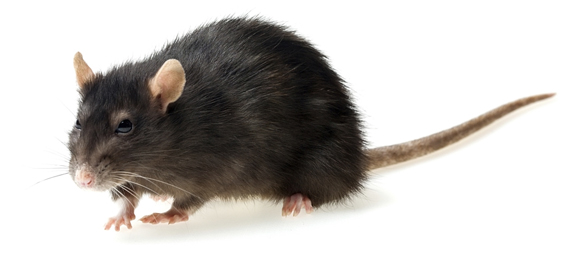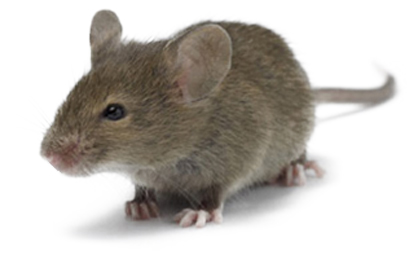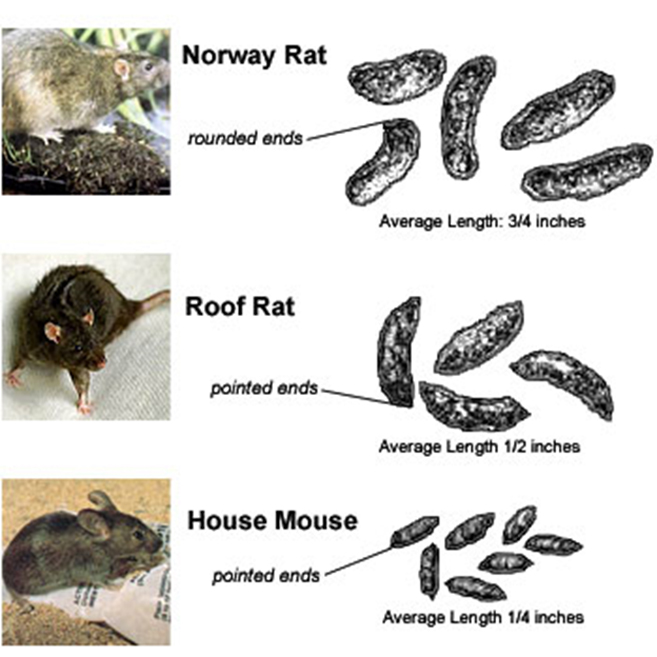
Norway Rat
- Primarily nocturnal, meaning that they sleep during the day and become active (seeking food and water) after dusk. If you see a rodents during the day, this is typically an indicator of especially large populations, a disturbed nest, or lack of food sources.
- Norway Rats birth litters of about 6 to 12 young after a gestation period of 21 to 23 days, and may mate again within a day after a litter is born. The average female Norway Rat gives birth to 4 to 6 litters per year. Newborn rats may reach reproductive maturity and start the cycle again within 2 to 3 months. As you can see, these little critters multiply rapidly.
FOOD HABITAT
- Norway rats will eat nearly any type of food. When given a choice, they select a nutritionally balanced diet, choosing fresh, wholesome items over stale or contaminated foods. They prefer cereal grains, meats and fish, nuts, and some types of fruit. Rats require 1/2 to 1 ounce (15 to 30 ml) of water daily when feeding on dry foods but need less when moist foods are available. Food items in household garbage offer a fairly balanced diet and also satisfy their moisture needs.
Roof Rat
- Roof Rats are primarily nocturnal, meaning that they sleep during the day and become active (seeking food and water) after dusk. They often live above ground (in attics or trees) and travel down at night to find food sources. This makes traditional baiting and trapping on the ground or floor a bit trickier. Unless traps or baits are placed at the very point of entry that Roof Rats travel from above to a food source, very few of them will be intercepted. Roof rats also have a tendency to avoid new objects in the environment and may take a few days to approach a trap or bait, which can also influence control measures. If possible, you will want to actually bait or trap for Roof Rats at a higher level, such as in the attic or atop the roof.
- Roof Rats give birth to about 5 to 8 young after a gestation period of 21 to 23 days and may have up to 4 litters a year. Newborn rats may reach independence and reproductive maturity at about 3 months. Peak breeding season for the Roof Rat typically occur in Spring and Fall.

Food Habit
Roof rats eat almost anything, but they prefer fruit, vegetables, and cereal products. They often get their water from their food. They eat a lot at one time, and will return to their food source often.



